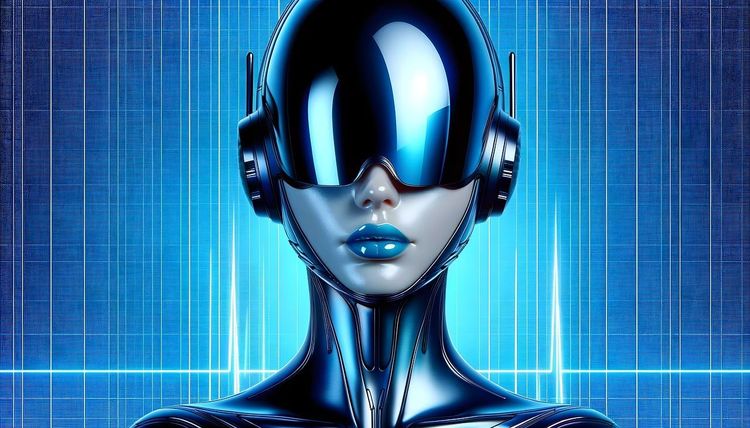Sora Video Generation Model Launched: Promising Technology with Significant Challenges Ahead
Most people like

Streamline your business operations with our all-in-one solution for checkouts, upsells, and affiliate management.

Unlock the power of AI image enhancement to effortlessly improve your photos through advanced denoising, effective deblurring, and seamless upscaling. This innovative technology not only sharpens your images but also restores their quality, making them visually captivating. Discover how AI can transform your photography experience by elevating the clarity and detail of every shot.

Revolutionize your hiring process with our cutting-edge online skill assessment platform designed for comprehensive talent evaluation. Whether you're seeking to enhance your recruitment strategy or improve employee training, our platform delivers precise insights into candidate abilities and skills, ensuring you find the right fit for your organization. Explore how our innovative solutions can transform your approach to talent management today!
Find AI tools in YBX




